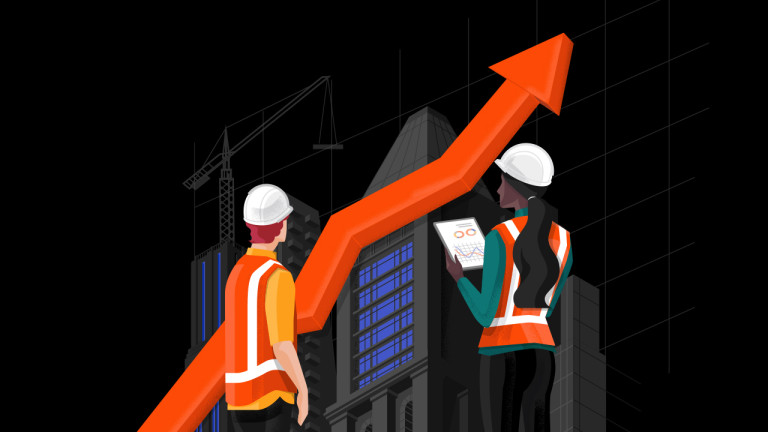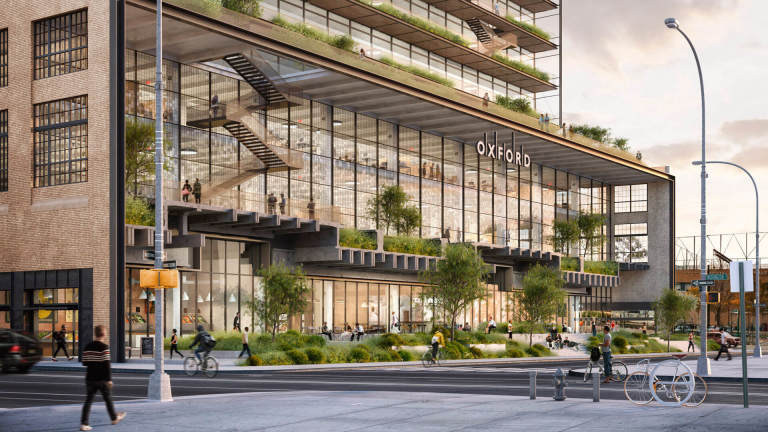Procore’s latest research highlights three converging challenges that are keeping main contractors up at night. What are these risks? And how can construction companies respond today to build a ‘better normal’ tomorrow? Read on to find out.
After three years of disruption, construction leaders across Singapore, the Philippines, Hong Kong and Indonesia are now rethinking the concept of “business as usual”. Changing market fundamentals, financial and regulatory hurdles and client expectations are all shifting rapidly.
But points to three common risks that are a ‘clear and present danger’ to construction companies across Southeast Asia.
The Current Landscape
The past few years have proven to be challenging for the construction industry. From lockdowns due to the pandemic, to political conflict like the war in Ukraine affecting the supply of critical raw materials, construction companies have without a doubt faced many challenges.
Yet, the demand for construction in Asia Pacific remains high, and the region is projected to make up 40% of the global industry’s output value by 2023. The challenge for main contractors then, is to navigate the uncertainties caused by global economic climate–labour shortage, supply chain volatility, material cost increases, impacts on bottom line–while ensuring they deliver projects on time,within budget and to a high quality.
The usual ways of working now need to change, with digital innovation being a key criteria for survival. We’ve outlined the three most significant risks that main contractors will need to manage today, and how they can give their businesses the leading edge tomorrow.

Risk #1: Addressing skilled labour shortage
The construction industry is heavily reliant on manpower. However, the last few years and shifts in migration have led to a significant shortage of skilled labour across the region, and a pause in many projects.
In Singapore, for example, many skilled labourers called it quits as they became weary of the mobility restrictions placed upon them. Tight spaces and the inability to socialise freely, made it challenging for employees to stay on as many chose to return to their home countries instead, in pursuit of new careers.
Malaysia saw similar issues, including the challenge of an ageing workforce. While governments around the world are taking action to attract skilled labour through changing immigration policies and providing better training opportunities, construction companies can harness technology for support by optimising their existing workforce and resources.
How can you take control of your construction projects at every step of the process? Learn more.
Risk# 2: Tackling supply chain inflation
Economic challenges and political pressures globally have resulted in inflation across the supply chain. From production costs, wages, raw materials, and transportation, contractors are pushed to think outside the box for new solutions.
On the bright side, there has been a downward trend in steel prices. But in the long run, being able to source for materials locally is probably the best way forward to overcome the inflated costs of imported raw material. In fact, Indonesia is already taking the first step by banning the export of bauxite for local use.
While some external factors like supply chain inflation are beyond the control of builders, there are measures that can be taken to optimise budgets, such as using technology and data to better predict outcomes, and help builders make more informed decisions. Using software to make sense of data, project managers can leverage the vast amount of data collected from past projects to better plan future projects.

Risk #3: Building a smarter, and sustainable future
Climate change and global warming are real issues affecting our lives today, and no one is spared. Yet, according to the World Economic Forum, the built environment accounts for 39% of gross annual carbon emissions worldwide, and it is the responsibility of construction companies to choose more environmentally friendly solutions.
Leveraging data and quantifying the risks of a project can help main contractors and developers be more environmentally sustainable in their choices. Everything from the selection of raw materials to transportation time and cost can make an impact on the environment and improve the company’s ESG proposition.

The Opportunity to get ahead: Managing risk by taking control of your data
Understanding where the opportunities lie may be the silver bullet to solving today's construction conundrums, and those of the future. To meet the high demand for construction in the Asia Pacific region, speed and efficiency is key and having the right technologies to support is no longer a luxury, but a necessity.
With proper tools on hand , monitoring the progress of a construction site can be simplified. This not only reduces mundane administrative tasks that are often a chore for project managers, but will also save time and energy. With accurate, real-time information about what’s happening at construction sites, builders can maximise resources and ensure projects are delivered with maximum value. They can manage risk better by ensuring the best construction practices and processes are in place, so that outcomes are more predictable and stakeholders have a better peace of mind with a single source of truth that is always up to date.
Having full visibility into the supply chain also keeps projects transparent, so that contractors can easily pinpoint key areas that need more focus. By being able to take photos on the spot and upload them to the latest drawings, or report any issues happening on-site in real time keeps projects running as smoothly as possible and without delays.
As we look forward to the future of construction, some long-term shifts need to take place. From collaboration, project management, tracking of materials, and project analytics, choosing the right construction management platform can help builders raise the bar.
In our most recent Asia Construction Forecast, we highlight the key challenges individual countries face and how they are solving for a better build environment. .




